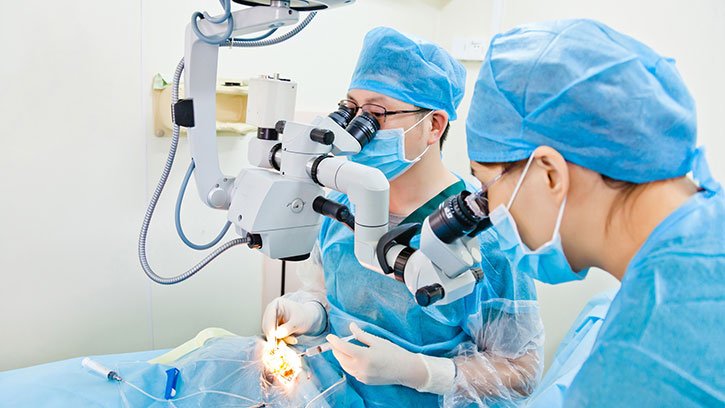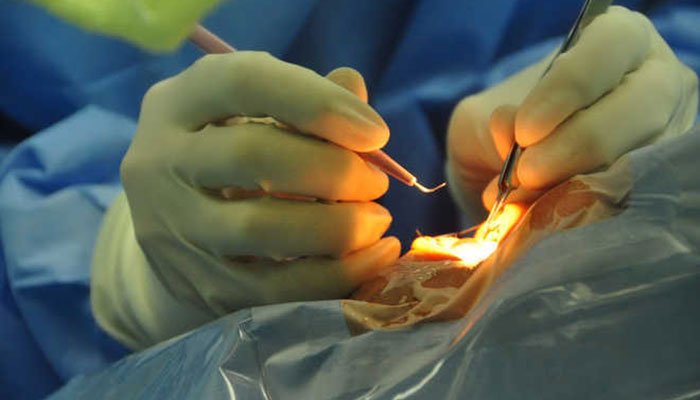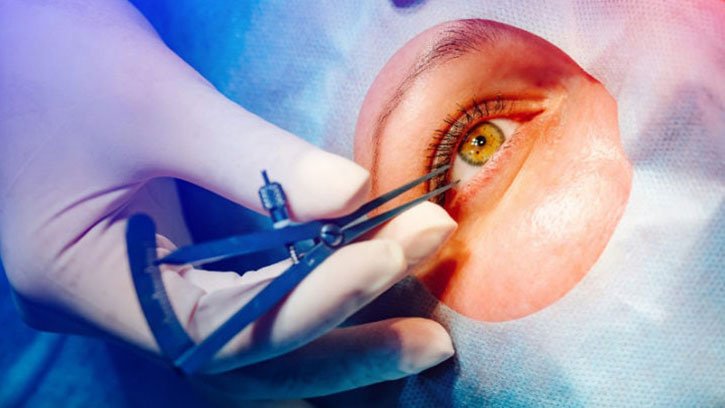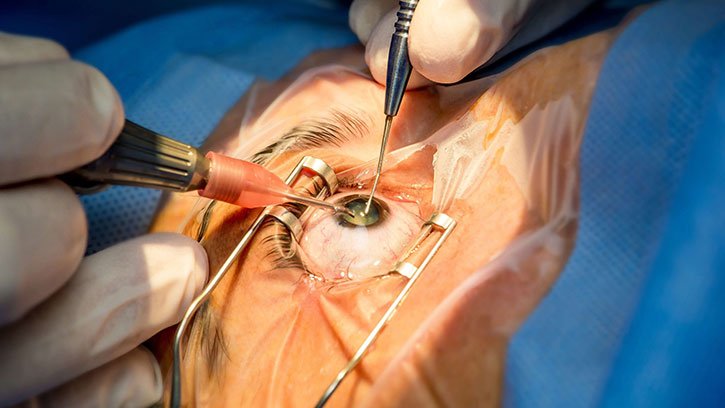Cataract, or cataract, is a common eye disease that affects many people annually. Cataract surgery is the only way to treat this condition. This eye disorder causes vision problems in affected individuals. This article will explain cataracts and their treatment methods. Topics covered include:
- What is a cataract?
- Cataract treatment methods
- Types of cataract surgeries
- Preoperative preparations
- The best time for surgery
What is a Cataract?
A cataract, also known as cataract, is an eye condition where the eye’s lens becomes cloudy. The human lens, a transparent structure located behind the pupil, focuses light rays onto the retina. The lens allows us to see objects and our surroundings with high clarity. When the lens becomes cloudy, vision becomes impaired, and individuals lose the ability to see clearly. Early symptoms include blurred vision, but as the disease progresses, the person may eventually lose sight entirely.
However, this eye condition can be treated through cataract surgery. After the procedure, the patient will regain clear vision.

Causes of Cataracts
Cataracts can develop due to various factors, though they are most common in people over 40. Contributing causes include:
- Genetic or hereditary predisposition
- Eye trauma
- Underlying conditions like high blood pressure or diabetes
- Congenital cases (requires immediate treatment to prevent worsening)
It is crucial not to delay treatment. Cataract surgery should be performed at the optimal time for the best outcome.
Types of Cataract Surgeries
There are no medicinal treatments for cataracts; surgery is the only solution. One outdated method, extracapsular cataract extraction, involved a large corneal incision and is rarely used today. Advances in medicine now allow minimally invasive procedures, often without hospitalization.
1. Phacoemulsification Cataract Surgery
This method is used for early to moderate cataracts. A small incision (about 3 mm) is made where the cornea meets the sclera. A thin probe emits ultrasound waves to break up the cloudy lens, which is then removed. A soft, foldable artificial lens is inserted, which unfolds automatically.
The surgery is typically done under local anesthesia and takes about 30 minutes. The corneal incision heals within days without stitches. In some cases, a femtosecond laser may be used for precise incisions.

2. Extracapsular Cataract Surgery
Used for advanced cases where the lens is too hard for ultrasound. A larger incision (6–10 mm) is made, and sutures are required. Recovery is longer than with phacoemulsification.
Optimal Timing for Surgery
The ideal timing depends on the cause, severity, age, and impact on daily life. Surgery is recommended when vision loss disrupts daily activities. For congenital cataracts in infants, immediate surgery is critical.

Preoperative Considerations
- Measure corneal curvature (keratometry) to select the correct lens.
- Disclose full medical history and drug allergies to the surgeon.
- Complete all prescribed tests (e.g., blood work).
- Inform the surgeon if you’ve had LASIK/LASEK.
- Avoid cosmetics 48 hours prior.
- Fast 4–6 hours before surgery.
- Rest and stay calm.
Postoperative Care
- Use prescribed eye drops/ointments to prevent infection and reduce inflammation.
- Wear an eye shield, especially while sleeping.
- Avoid heavy lifting, bending, or eye rubbing.
- Protect the eye from trauma.
- Avoid bathing for a few days.
- Attend follow-up appointments.
- Maintain a healthy diet and rest.
- Wear UV-protective sunglasses outdoors.
- Consult your doctor before resuming activities like driving or exercise.
Conclusion
Cataracts are a common but treatable eye condition. Surgery is a simple, low-risk procedure with rapid recovery. Patients typically experience restored clarity of vision post-surgery. Timely intervention ensures the best outcomes.


No comment